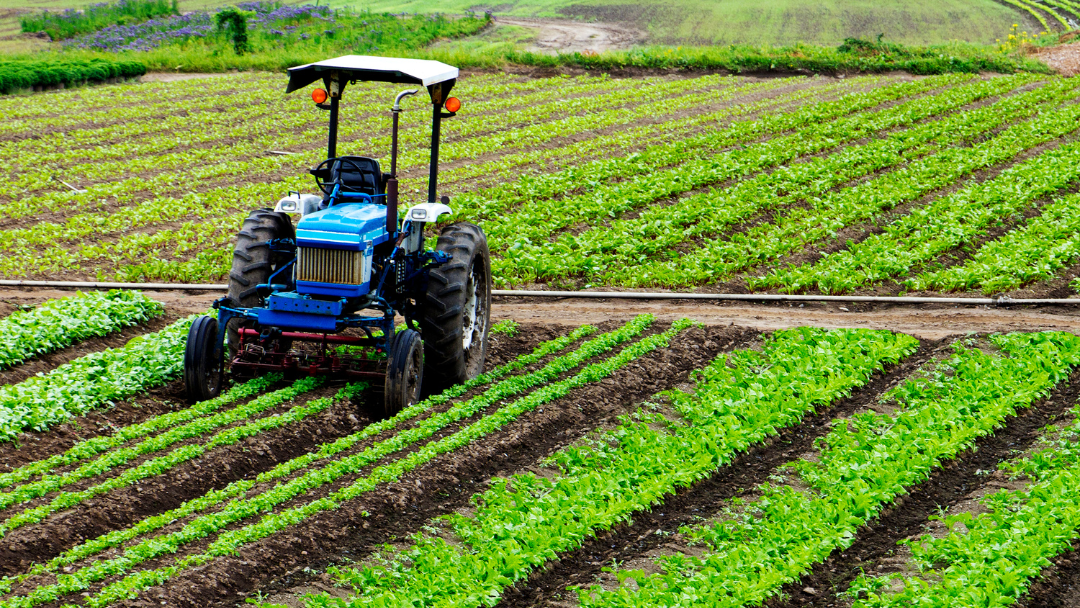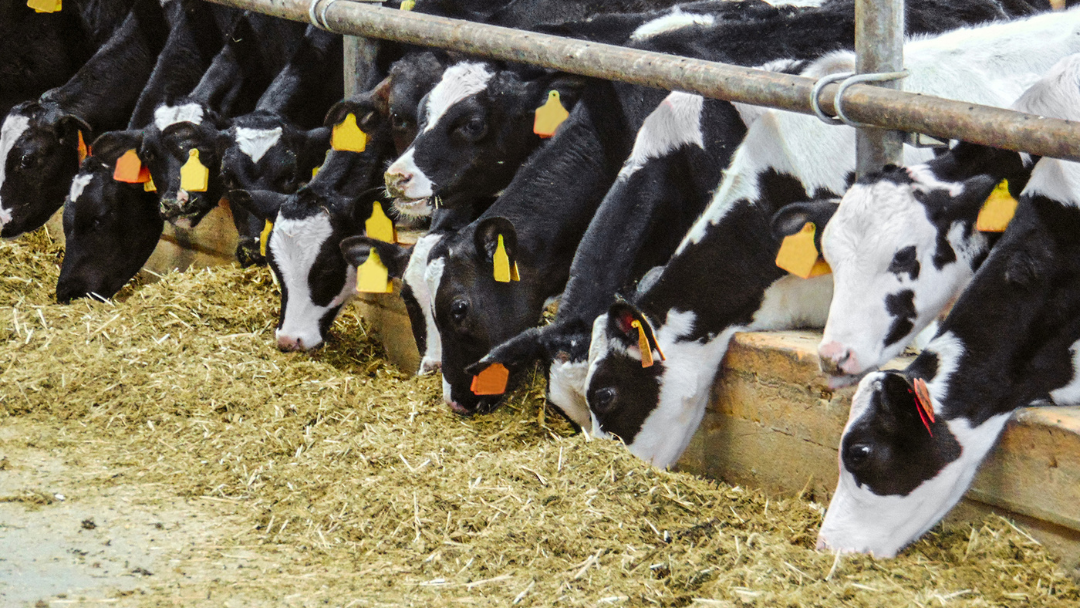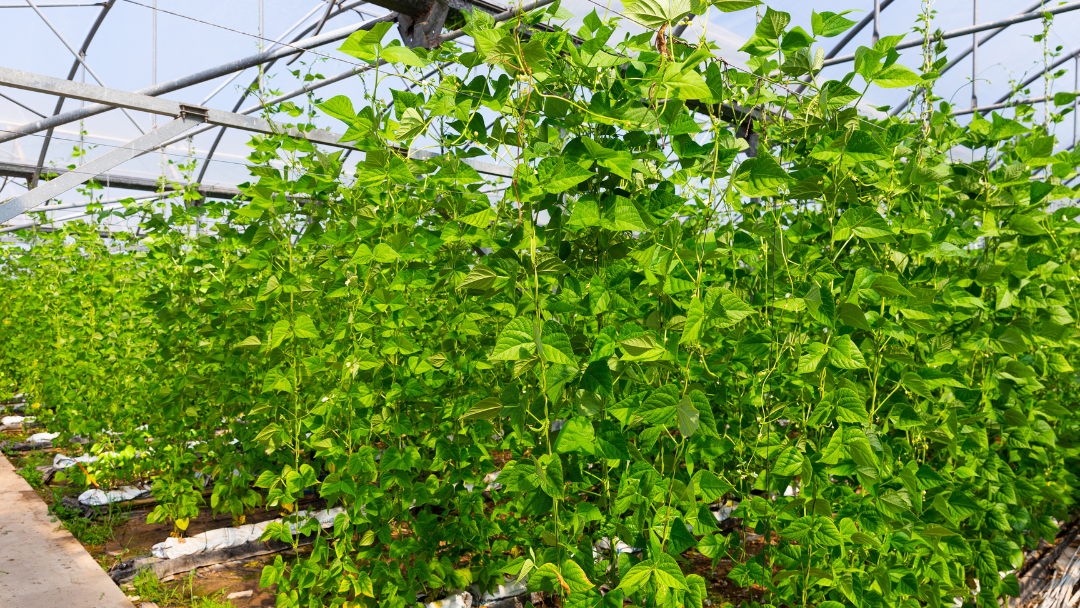Industry Spotlight: Cable Ties for Farming and Agriculture
Posted by Cris on 12th Jul 2023

Although Cable Ties are most commonly used for cable organisation, they have multiple functions in the farming and agriculture setting. In this article we discuss the many potential applications of Cable Ties.
Livestock Management
Animals in farms often need to be tagged to be identified. Different coloured cable ties are handy to visually identify several different categories of animals. For example, one colour can be used for breeding animals, another for animals requiring medical attention, or to denote specific groups or batches.
Equipment Repairs
Farms often require quick fixes or temporary solutions in their equipment and machinery. Cable Ties are versatile in how they serve; they are able to hold together lose parts, secure wires or act as temporary braces until proper repairs can be carried out. Have a cable tie makes for a handy momentary solution!
Fence Repair
Fences are essential for maintaining the security and boundaries of a farm or agricultural area. Agricultural fences, such as those used for livestock enclosures or crop protection, may occasionally get damaged or become loose due to weather conditions, animal activity, or general wear and tear. Cable ties can be a convenient temporary or permanent solution for fixing damaged or loose parts of fences. They can quickly secure sections of wire mesh, repair broken connections, or reinforce weak spots, ensuring the integrity of the fence until proper repairs can be made.
Animal Training
For the creatives among us, Cable Ties can be made into makeshift muzzles or halters for livestock as a means to train animals in a controlled and safe way. Additionally, farmers and trainer can use cable ties to construct DIY animal training and handling structures, such as obstacle courses or temporary enclosures.

Bundling and Organising
Farms often have multiple cables, hoses, or irrigation tubing that need to be managed and organised. Cable ties provide an easy and efficient way to bundle and secure these items together. By neatly arranging and fastening them with cable ties, you can prevent tangling, reduce tripping hazards, and make it easier to locate and access specific items when needed.
Plant Support
Cable ties are commonly used to provide support to plants by securing them to stakes, trellises, or other support structures. By gently tying the stems or vines to the support, you can encourage vertical growth, prevent plants from sagging or falling over, and make harvesting easier. As the plant grows, you can adjust the tightness of the cable ties to accommodate its development.

When using cable ties in farming and agriculture, consider the following tips:
- Opt for UV-resistant cable ties, especially if they will be exposed to sunlight for extended periods.
- Choose cable ties with sufficient strength and load capacity to withstand the specific application requirements.
- Use cable ties that can be easily adjusted, tightened, and released if necessary.
- Regularly inspect cable ties for signs of wear or damage and replace them as needed.
By leveraging the versatility and practicality of cable ties, farmers and agricultural professionals can enhance efficiency, organisation, and productivity in their operations. These simple yet effective tools contribute to the smooth functioning of agricultural systems and help optimize plant growth, livestock management, and equipment maintenance.



